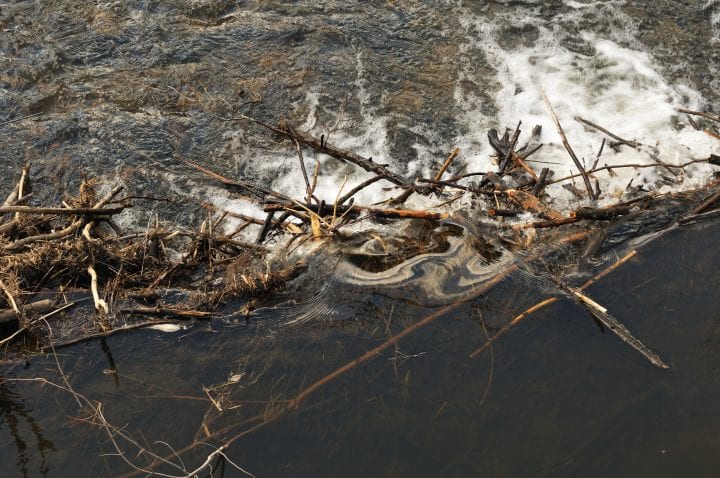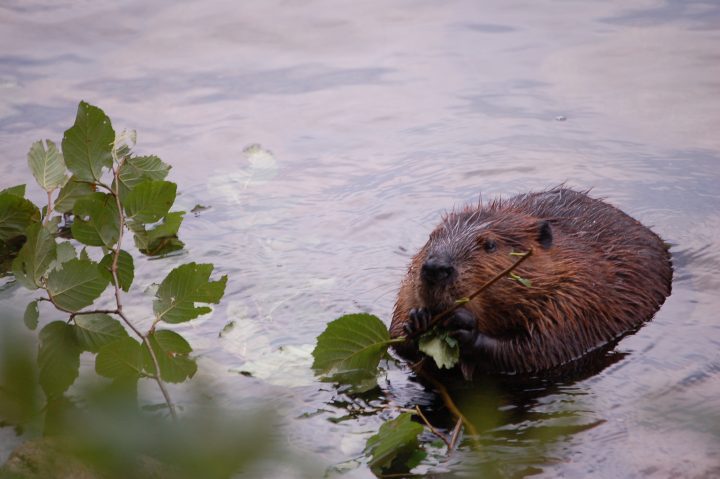Beaver dams allow wildfire ash to settle, keeping areas downstream clean.
Introduction
A half-million acres is an area whose size is hard to comprehend. Larger than dozens of the world’s countries, that’s the size of the swath of forest area burned in the Upper Klamath Basin in the Bootleg Fire in 2021, one of the largest wildfires in Oregon history. The region is home to several threatened and endangered species found nowhere else in the world, such as the northern spotted owl (Strix occidentalis caurina). The initial burning is only the first phase of the threat to species that live there.
After a forest fire, the immense amount of charred debris that runs off into waterways poses a second phase of threat, especially to aquatic species. Indeed, the aquatic habitat in much of the Upper Klamath Basin became so choked with ash that fish populations all but disappeared. And yet, in some of the basin, the waterways remained clear, free of soot, and full of fish, like the endangered shortnose sucker (Chasmistes brevirostris), and Lost River sucker (Deltistes luxatus).
The Strategy
Wildlife biologists discovered that trees and other vegetation in the basin survived in one particular type of area: around beaver dams. Moreover, they found that the waterways below the dams ran clear and were full of fish. What appears to have happened is that runoff from the fire settled in the beaver ponds, keeping the downstream waterways healthy. Similar observations have been made post-wildfire not only in Oregon, but also in other Western states including Colorado, Wyoming, California and Idaho.
Sediment downstream of beaver dams has been found to be only about one-third of what it is upstream. Beaver ponds create sanctuaries that help forest ecosystems recover from disturbance, and the downstream fish their work protects in turn maintains the forest’s beaver populations.
This reciprocal dynamic has been at play for at least the last 20 million years, since modern beavers show up in the fossil record.
The Potential
Understanding long-term ecosystem dynamics better enables wildlife managers to plan for sustaining landscapes, more important than ever in the disturbance regimes of a climate changing world. Appreciating the role of beaver dams in making forests more resilient has also resulted in specific actions beyond protecting beaver populations. For example, wildlife managers increasingly install walls of vegetation across streams, or “beaver dam analogues”, before springtime rainfall in areas burned by wildfire the previous summer.








